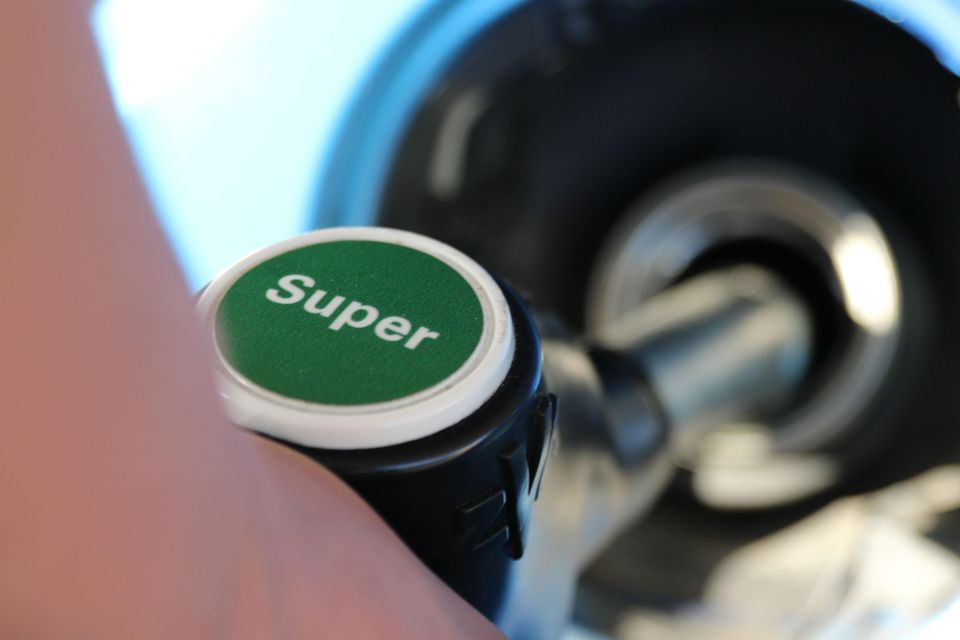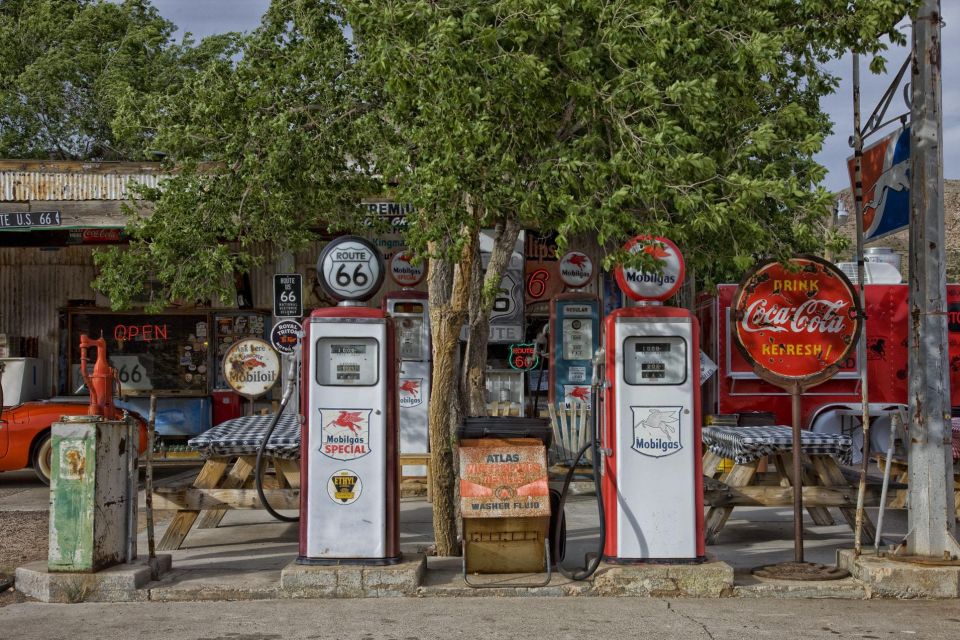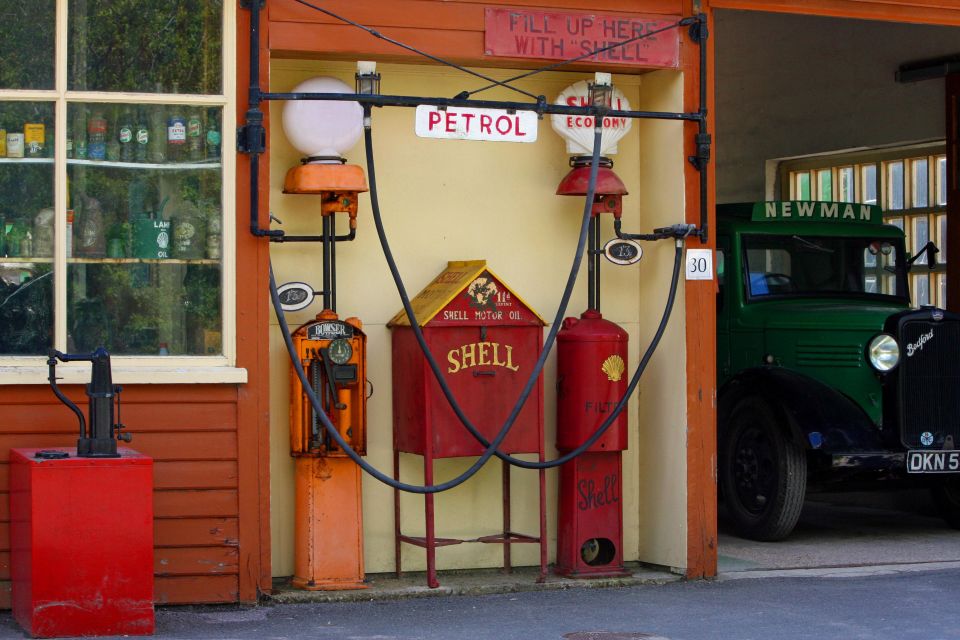

James Wong
2025 Audi A5 Sedan TFSI 150kW review
4 Days Ago
For many of us leaded petrol is a long forgotten memory, but it wasn't until the middle of this year Algeria stopped using this deadly fuel.

Journalist


Journalist
Leaded petrol for cars can now be spoken about in the past tense all around the world, but the effects of pumping out all that lead into the atmosphere may still linger for decades.
According to the United Nations Environment Programme (UNEP), the last country to fully adopt unleaded petrol was Algeria, which officially ended the sale of leaded petrol in July.
Leaded fuel is still available, though, for race cars and farm equipment, and in aviation gasoline for small planes.
While tetraethyl-lead has been known about since the 19th century, it wasn’t until 1921 that Thomas Midgley Jr, a scientist with GM, discovered it could be added to petrol to increase its octane level, reduce engine knocking and allow compression ratios to be raised.
Midgley also helped to discover dichlorodifluoromethane — commonly known as freon — for use as a refrigerant and aerosol spray propellant. Countries began banning its use in 1996 as it was damaging the Earth’s ozone layer.
Despite a warning from the US Surgeon General, lead-based deaths of refinery workers, and competition from other additives, including ethanol, it didn’t take long for lead to become the most common type of petrol.

Despite the known dangers of lead — including mental illness, cancer, gout, anemia, amongst others — it wasn’t until the 1970s that governments began attempting to phase out its use.
Studies suggest lead resulted in lowered mental ability among children, and was the cause of millions of premature deaths.
Japan was one of the first nations to begin the switch unleaded in 1972, with an outright ban coming into effect in 1986.
Possibly due to the sway of oil and chemical lobbies elsewhere, other major industrialised nations were slower changing over.
The US mandated catalytic converters for the 1975 model year, which effectively meant all new cars had to run on unleaded, but it wasn’t until 1996 that automotive leaded gas was outlawed.

All new petrol cars sold in Australia since 1986 are engineered to use unleaded, and the sale of leaded petrol was finally banned nationwide in 2002.
Europe didn’t mandate catalytic converters in new cars until 1993, with the sale of leaded petrol stopped in 2000.
Many other parts of the world did their phaseouts later.
Thanks to the elimination of leaded petrol, airborne lead concentration levels have fallen from around 1000 nanograms per cubic metre in the 1960s to about 10 nanograms today.
Lead persists today in our soil, especially in built-up urban areas.
The World Health Organization says the level of lead in human blood dropped 90 per cent between 1976 and 1995 as the industrialised world began phasing out leaded fuel.
Derek Fung would love to tell you about his multiple degrees, but he's too busy writing up some news right now. In his spare time Derek loves chasing automotive rabbits down the hole. Based in New York, New York, Derek loves to travel and is very much a window not an aisle person.


James Wong
4 Days Ago


Matt Campbell
3 Days Ago


William Stopford
2 Days Ago


Josh Nevett
17 Hours Ago


James Wong
17 Hours Ago


Max Davies
10 Hours Ago